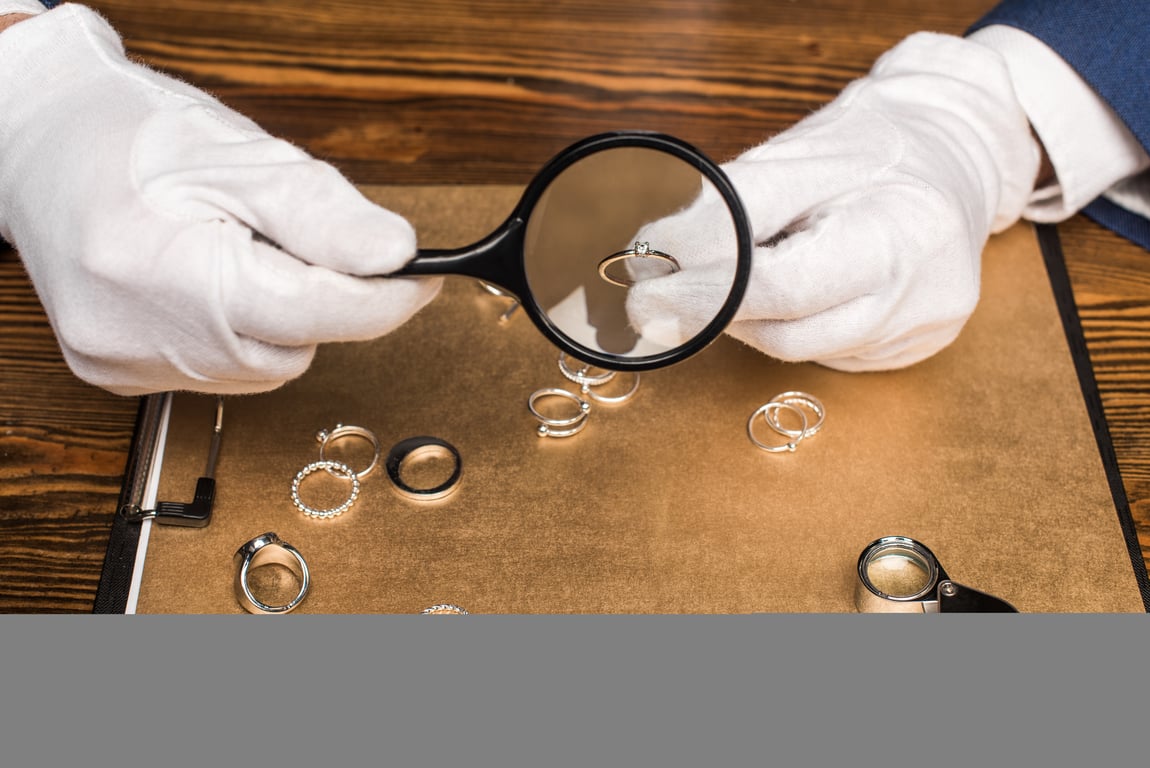When Marilyn Monroe declared, “Diamonds are a girl’s best friend.” We nodded, giggled, and maybe danced a little, for we know the precious gems not only put the world in awe but are the absolute measure of declaring love! However, Mother Earth might differ since mining diamonds causes permanent damage to the environment through deforestation, soil disturbance, air emissions, and others.
Nevertheless, the love for diamonds cannot be undermined, so we thank Tracy Hall for finding a great solution as he researched synthetic or lab-developed diamonds as we know them. In the previous article, we have described in detail topic can jewelers tell lab diamonds, and in this blog post let’s take a look at cvd diamonds, and all about it. So, what are CVD diamonds?
CVD Diamond vs Natural Diamond
CVD diamonds are as real of a diamond as naturally mined ones are. Since the first production, the world has been gaga over CVD diamonds. Their popularity only increases, especially among engagement ring buyers. They have an edge in terms of ethical origin, resilience, amazing prices, and high-end quality. Their production is what sets them apart.
CVD Diamond Meaning. CVD stands for chemical vapor deposition diamond. CVD diamonds or lab grown diamonds can be made using two methods. CVD and HPTP are the most common processes to make a lab-grown diamond.
Are CVD Diamonds Real? CVD diamonds are as real as naturally mined ones. They have the same chemical composition, properties, durability, and luscious look. They, like naturally mined ones, are also graded for cut, color, opacity, and carat. It is almost impossible to differentiate between a CVD diamond from a mined one without specialist equipment. Even jewelers cannot tell them apart!
CVD Diamond Process
It is interesting to know a diamond can be grown in a lab. However, easier said than done! It is an extremely careful process under a strictly controlled environment through which a CVD diamond is born. CVD and HPTP are the two methods responsible for the origin of synthetic diamonds, the former being more common.
The CVD process mimics the formation of diamonds in cosmic nebulae. The CVD approach uses smaller machines and lower pressure.
A diamond seed is put in a vacuum chamber using the CVD technique. This chamber is heated to about 1500 degrees Fahrenheit and begins to fill with carbon-rich gases. These incredibly high temperatures cause the gas to transform into plasma and release carbon bits. These carbon shards are added layer by layer to the diamond seed, from which the diamond forms.
Type IIA diamonds, incredibly scarce among naturally occurring diamonds, are created by the CVD technique. This might aid scientists in figuring out if a diamond was created in a lab or on earth. These types of diamonds are not only rare but chemically the purest too.
How Fast do CVD Diamonds Grow? Although it mostly depends on the projected size of the diamond and the technologies, 1 carat of Diamond CVD can take a maximum of one month to grow.
Is a Lab-Grown Diamond the Right Option for Me?
The decision to purchase a CVD diamond over a natural diamond is entirely subjective. The choice is between a less priced, ethically guaranteed, and environmentally sustainable option (the CVD diamond) and a marvel of nature crafted over billions of years (naturally occurring diamond).
With the myth that CVD diamonds aren’t real, demystified, one cannot overlook the benefits CVD diamonds have over naturally mined ones. Purity, sustainability, affordability, and guilt-free ethnicity make them a popular choice among diamond lovers and engagement ring buyers.














